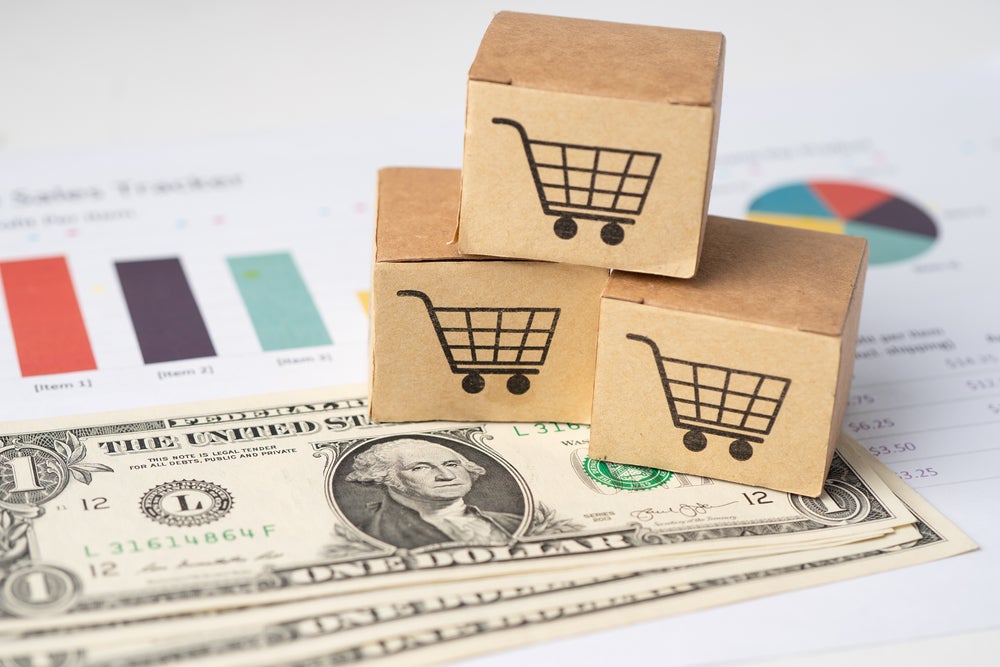
Within the context of the September issue of the NRF Monthly Economic Review, Kleinhenz observed that while the economy is indeed decelerating, it is not coming to a standstill.
Kleinhenz acknowledged the progress made in combating inflation but pointed out that elevated prices remain a concern. He also noted a shift in consumer spending preferences, favouring services over retail goods and said this shift exhibited less momentum as the economy entered the third quarter.
The shift towards spending on services, a trend that according to the NRF has persisted since the easing of pandemic restrictions, demonstrated a slowdown.
Data from the Census Bureau said that service spending grew by only 1.6% from the first quarter to the second quarter, down from the 3% growth recorded in the first quarter.

US Tariffs are shifting - will you react or anticipate?
Don’t let policy changes catch you off guard. Stay proactive with real-time data and expert analysis.
By GlobalDataThe NRF economist, however, cautioned that this number was partially driven by comparisons against lower sales during the same period in the previous year.
In the report, the Bureau of Economic Analysis reported that gross domestic income (GDI), a metric encompassing wages, rent, interest, and corporate profits earned during production, experienced a modest growth rate of 0.5% annually.
In terms of employment, the economy added 187,000 jobs in August, a slight improvement from the 157,000 recorded in July but significantly below the average monthly gain of 271,000 over the past year.
Consequently, the unemployment rate increased by 0.3 points to reach 3.8% in August, driven by a surge in job seekers. Wages and salaries exhibited a growth rate of 0.4% month-over-month in July, down from the 0.6% reported in June.
Despite the slower job growth and wage increases, personal spending rose by 0.8% month-over-month in July, a slight uptick from June’s 0.6% growth rate. This increase in spending, outpacing income growth, led to a decrease in the savings rate, dropping from 4.3% in June to 3.5% in July. This trend was indicative of consumers potentially tapping into their savings to sustain household spending.
“Consumer confidence took a bit of a hit in August as high prices and interest rates weighed on shoppers’ decisions,” Kleinhenz said.
The Consumer Confidence Index from the Conference Board declined from July’s 114 to 106.1, while the University of Michigan Consumer Sentiment Index dipped from 71.6 in July to 69.5 in August.
Regarding inflation, the Personal Consumption Expenditures Price Index (PCE), considered the Federal Reserve’s preferred inflation measure, saw a 0.2% month-over-month increase in July for the second consecutive month. Year-over-year, the PCE showed a 3.3% increase, compared to 3% in June.
NRF forecast in March that 2023 retail sales would increase between 4% and 6% over 2022. Since then, however, the Fed’s interest rate increases have slowed the economy and “there is a good chance that sales will end up in the lower range of the forecast, if not lower,” Kleinhenz said.



